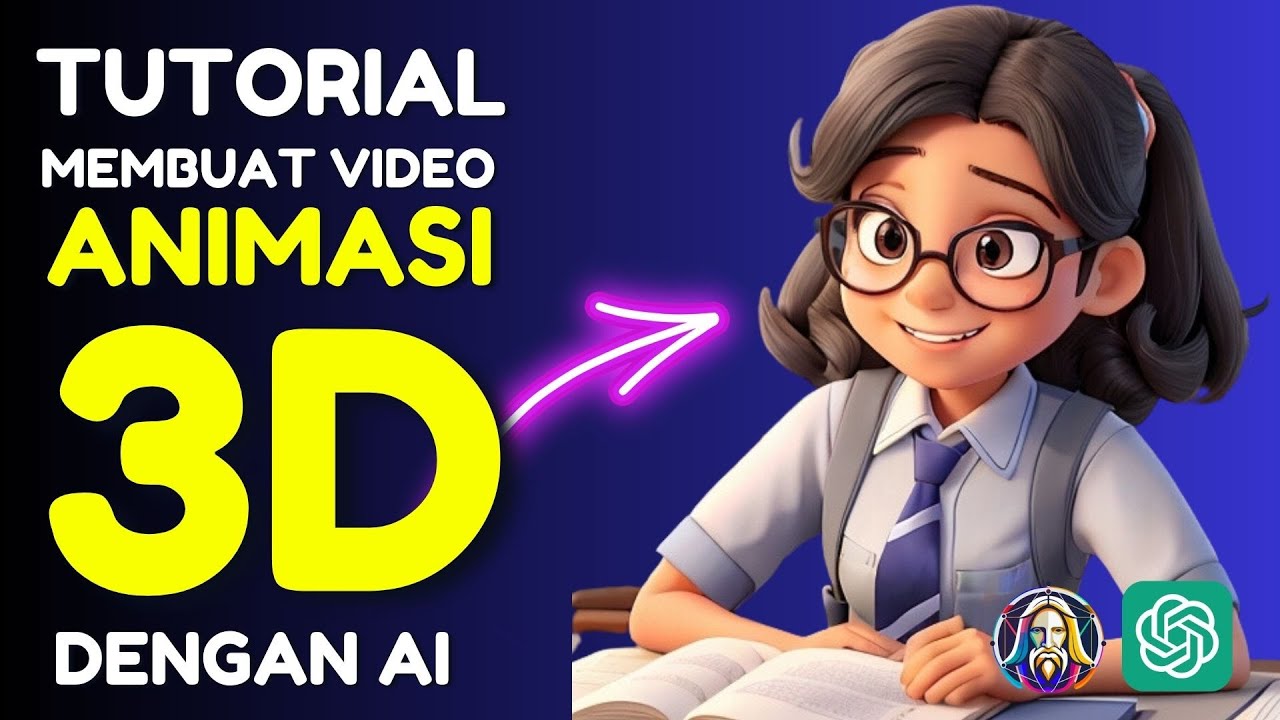Editing Audio Tape
Summary
TLDRThe video demonstrates the process of manually editing a tape recording. The editor locates errors in the tape, removes the incorrect segment, and places the correct segment in its proper position using basic tools like a razor blade, sticky tape, and an editing block. The steps include marking the tape, cutting and splicing it, and carefully reassembling it to ensure the correct order of audio. The process highlights the precision and attention to detail required in traditional tape editing, culminating in a successfully reordered sequence of numbers.
Takeaways
- 😀 **Gather the right tools**: Editing tape requires specific equipment such as a spool of tape, a razor blade, an editing block, sticky tape, a wax pencil, and a tape recorder.
- 😀 **Locate the error**: The first step is identifying where the mistake in the sequence (e.g., numbers) occurs on the tape.
- 😀 **Mark the beginning and end**: Use a pencil to mark the beginning and end of the incorrect word or segment to isolate it for cutting.
- 😀 **Scrub to find the fault**: Scrubbing through the tape helps pinpoint exactly where the mistake occurs, such as when the numbers are out of order.
- 😀 **Cut the tape precisely**: Once marked, carefully cut the tape with a razor blade at both the beginning and end of the error.
- 😀 **Identify the correct insertion point**: Find the spot in the sequence where the correct word or segment should be inserted.
- 😀 **Insert the correct word**: Place the correct word (e.g., 'five') in the appropriate spot between the other words (e.g., between 'four' and 'six').
- 😀 **Secure the splice**: Use sticky tape to join the pieces of tape back together, ensuring perfect alignment.
- 😀 **Seal the edit**: Press the tape join securely with your fingers or a tool, such as a nail, to ensure a clean connection.
- 😀 **Rewind and test**: Rewind the tape and play it to confirm the edit is successful and the sequence is in the correct order.
- 😀 **Be meticulous and patient**: Tape editing requires precision, and small mistakes can lead to noticeable errors in the final recording.
- 😀 **Practice makes perfect**: As you gain experience, the process of editing tape will become faster and more intuitive, leading to better results.
Q & A
What is the first step in editing a tape?
-The first step in editing a tape is to locate where the error, such as a misplaced word, occurs. In the transcript, the mistake is identified in the sequence of numbers, where 'five' and 'six' are in the wrong order.
How is the mistake identified in the tape?
-The mistake is identified by scrubbing through the tape, which means moving it through the recorder and listening for the point where the numbers are out of order. In the transcript, the speaker identifies that 'five' comes after 'four' but before 'six.'
What is the purpose of marking the tape with a red pencil?
-The red pencil is used to mark the beginning and end of the section that needs to be cut and edited. This helps the editor precisely identify the areas that need to be worked on without confusion.
What does the process of 'scrubbing' involve?
-Scrubbing refers to moving the tape through the recorder in order to locate specific parts of the recording. It's a way of manually searching for the correct positions of words or phrases in the sequence.
What equipment is essential for editing the tape?
-The essential equipment for editing a tape includes a tape recorder, an editing block, a razor blade, sticky tape, a red pencil, and a spool of empty tape.
Why is it important to handle the tape carefully during the editing process?
-It is crucial to handle the tape carefully to avoid damaging the edges. The tape must stay intact to maintain the quality of the recording, and improper handling can result in errors or loss of data.
How does the editor ensure the tape sections are aligned correctly after cutting?
-After cutting, the editor carefully aligns the sections by joining them together and using sticky tape to secure the pieces. The editor also uses their nail to smooth out the joint and ensure the pieces fit perfectly.
What should be done after the tape has been edited and rejoined?
-After the tape is rejoined, the editor plays back the tape to check that the sequence is correct and that the editing was successful. This is the final step to ensure the editing was done properly.
What is the role of the sticky tape in the editing process?
-Sticky tape is used to rejoin the cut sections of the tape. It holds the pieces together and ensures they stay aligned during playback, maintaining the integrity of the edited sequence.
What could go wrong if the tape is not aligned properly when joining the pieces?
-If the tape is not aligned properly, the recording may sound distorted, or the sequence may still be incorrect. Misalignment can cause audible skips or breaks in the audio, leading to a poor-quality final product.
Outlines

This section is available to paid users only. Please upgrade to access this part.
Upgrade NowMindmap

This section is available to paid users only. Please upgrade to access this part.
Upgrade NowKeywords

This section is available to paid users only. Please upgrade to access this part.
Upgrade NowHighlights

This section is available to paid users only. Please upgrade to access this part.
Upgrade NowTranscripts

This section is available to paid users only. Please upgrade to access this part.
Upgrade NowBrowse More Related Video
5.0 / 5 (0 votes)





